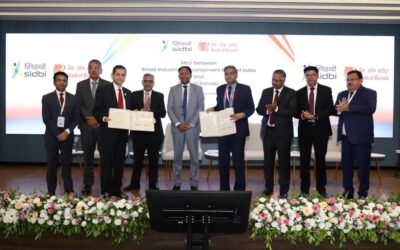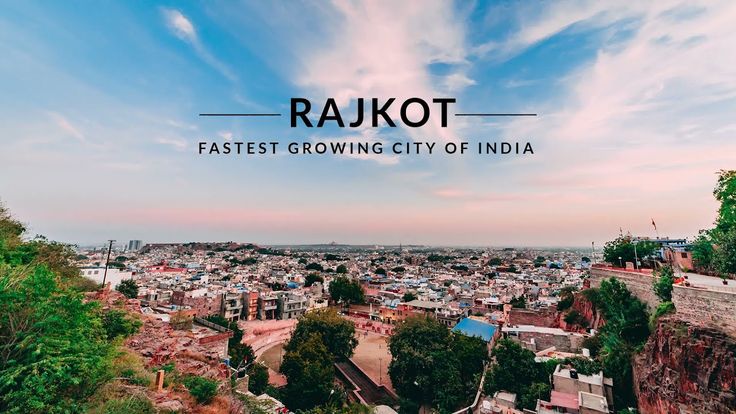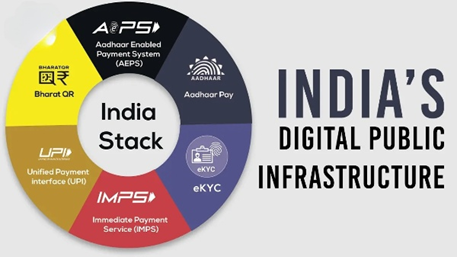Closing the Digital Divide: How Connectivity Is Empowering Tier 2 and 3 SMEs in India

As digital adoption deepens across India, small and medium enterprises (SMEs) in Tier 2 and 3 cities are beginning to experience the transformative impact of enhanced connectivity. Historically underrepresented in conversations about technology-driven enterprise growth, these regional businesses are now gaining visibility, efficiency and access to wider markets through expanding telecom infrastructure and digital platforms.
On the occasion of World Telecommunication and Information Society Day (May 17), the team at SME Communities explored how the digital divide is gradually narrowing – and what this means for emerging enterprises beyond India’s major urban centers.
Understanding the Digital Divide
The digital divide is not limited to internet availability. It encompasses a broader range of issues including digital literacy, access to affordable devices, local language support and comfort with online transactions.
For many SMEs in smaller towns, these factors have posed long-standing challenges to formalizing operations, accessing government schemes and participating in national or global value chains.
The Changing Landscape of Regional Enterprises
Recent trends suggest that India’s entrepreneurial activity is gradually decentralizing:
- A growing proportion of new MSME registrations are coming from non-metro areas.
- Digital payments usage has expanded rapidly in rural and semi-urban locations.
- Several Tier 2 and 3 cities are developing local startup ecosystems that offer technology and marketing support tailored to regional businesses.
Cities such as Coimbatore, Surat, Indore and Nagpur are becoming hubs for digitally driven SME growth across sectors like manufacturing, logistics, wellness and food processing.
Examples of Digital Adoption in Action
- Logistics Optimization in Namakkal
A logistics company based in Tamil Nadu implemented route planning and fleet tracking software to improve delivery timelines and reduce fuel costs. The adoption of this technology also allowed the company to offer more competitive services and bid for larger contracts.
- Direct-to-Consumer Branding from Kanpur
A personal care startup in Kanpur leveraged digital content marketing and online marketplaces to build a customer base across India. With modest investment in digital tools and regional language creatives, the business scaled beyond its local footprint without opening physical stores.
- Retail Digitization in Madhya Pradesh
A group of kirana stores in rural Madhya Pradesh adopted a bundled digital platform for billing, stock management and payments. This not only improved day-to-day operations but also created verifiable financial records, a key factor in accessing working capital from formal lenders.
Factors Enabling the Shift
1. Accessible Technology Interfaces
The growing availability of mobile-first, regional-language apps has played a significant role in onboarding first-time digital users. Platforms like Khatabook, OkCredit, and DigiLocker have simplified financial tracking, compliance and document access for small business owners.
2. Community-Based Capacity Building
Industry associations, non-profits, and local government bodies are organizing digital literacy sessions for business owners. These focus on safe usage of digital payments, e-commerce onboarding and use of government portals.
3. Regional Technology Ecosystems
Emerging SaaS providers and local IT firms in non-metro cities are offering low-cost, customized solutions for inventory, accounting, marketing and customer engagement — further reducing the technology adoption barrier for SMEs.
Telecom Infrastructure and Policy Support
Telecom providers and policy interventions have been instrumental in supporting digital access:
- Jio and other private players have expanded mobile data coverage across India’s non-metro regions, creating a base for mobile-first digital business activity.
- BharatNet, India’s flagship rural broadband initiative, is working to connect over 250,000 gram panchayats with high-speed internet.
- Public service centers such as Digital Seva Kendras are helping entrepreneurs in rural and semi-urban areas navigate online services related to taxation, company registration, and banking.
- The forthcoming rollout of 5G in regional markets may further support adoption of technologies like IoT and AI, especially for manufacturing and logistics SMEs.
Ongoing Challenges
While progress has been notable, several challenges persist:
- Many small businesses remain hesitant due to lack of cybersecurity awareness and fear of online fraud.
- Internet bandwidth quality varies across regions, occasionally hindering productivity.
- Language and cultural gaps continue to limit the effectiveness of certain digital platforms.
- Heavy reliance on e-commerce aggregators can restrict SMEs’ pricing power and access to customer data.
These issues indicate that while infrastructure is necessary, inclusive design, trust-building and local capacity support are equally important in ensuring sustainable digital transformation.
Future Outlook
Closing the digital divide for Tier 2 and 3 SMEs involves more than providing access to connectivity, it requires a structured effort to build digital confidence and operational capacity among entrepreneurs. Key areas of focus moving forward include:
- Targeted digital literacy programs, especially for first-generation business owners.
- Localized digital support, including helplines, training materials and customer service in regional languages.
- Partnerships between educational institutions, telecom companies and fintech firms to co-develop tools suited to the specific needs of small businesses in non-metro areas.
- Encouraging digital service professionals in regional towns to act as enablers for their local SME ecosystems.
Tier 2 and 3 cities are playing an increasingly significant role in India’s enterprise economy. As connectivity expands, these regions have an opportunity to contribute more actively to national innovation, exports, and employment.
Ensuring that SMEs in these areas can participate fully in the digital economy is not only a question of infrastructure, but one of inclusion, empowerment and long-term ecosystem development.
On World Telecommunication and Information Society Day, recognizing and addressing the digital needs of regional SMEs was a timely reminder that digital equity must be central to India’s growth strategy.











